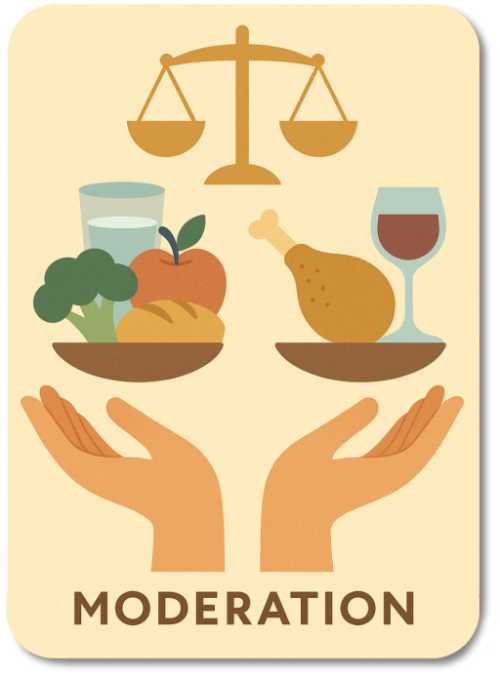Understanding Arthritis in TCM:
Different Patterns, Different Treatments
In traditional Chinese medicine (TCM), arthritis isn’t viewed as a single condition with one cause—it’s seen as a group of patterns known collectively as Bi Syndrome, each with its own root imbalance. These patterns describe the nature of the blockage in the channels of Qi and Bd that leads to joint pain, stiffness, or swelling. Recognizing these differences is central to how a TCM practitioner selects treatments.
The four classic types of Bi Syndrome are known as Wind bi, Cold bi, Damp bi, and Heat Bi. In practice, a person may show signs of more than one pattern, and the presentation can shift with the seasons, lifestyle, or progression of illness. This is why treatments are always tailored to the individual, not just the diagnosis.
Wind Bi (风痹 fēng bì)
Wind Bi is characterized by pain that moves from joint to joint. One day the knee hurts, the next day it’s the shoulder. This pattern is often seen in the early stages of arthritis or after exposure to drafts. Wind is considered a “mobile” influence in TCM, and the treatment focuses on expelling wind, promoting circulation, and reducing sensitivity.
Cold Bi (寒痹 hán bì)
Cold Bi shows up as fixed, severe pain with a strong feeling of stiffness. The joints may feel cold to the touch, and the discomfort often improves with warmth. People with Cold Bi often notice that their symptoms get worse in cold weather or after being exposed to cold wind or damp environments. Treatment aims to warm the channels, dispel cold, and ease constriction.
Damp Bi (湿痹 shī bì)
Damp Bi is marked by swelling, a heavy sensation in the limbs, or pain that feels dull and achy rather than sharp. It tends to worsen during humid or rainy weather and may be associated with sluggish digestion or water retention. Treatment focuses on draining dampness and supporting the spleen, which plays a key role in fluid metabolism.
Heat Bi (热痹 rè bì)
Heat Bi usually appears in more advanced or inflamed cases. The joints may be red, swollen, and hot to the touch. There may be a burning sensation, increased sensitivity, or even fever in the affected area. Treatment works to clear heat, cool the blood, and reduce inflammation.
Sometimes, these patterns overlap—dampness may combine with heat, or wind may mix with cold. Over time, especially in older patients, the underlying Qi and Blood may become weak, and the condition is further complicated by deficiency patterns. In these cases, treatment may include strengthening the body’s ability to resist further blockage while still addressing the immediate pain.
Rather than simply treating the symptom (pain), TCM works to shift the environment in which that pain occurs. A person with cold bi might benefit from warming therapies like moxibustion, while someone with Heat Bi would need cooling, anti-inflammatory approaches. Someone with Wind Bi may need treatments that ground and stabilize, while those with Damp Bi might be guided to make dietary changes to reduce internal heaviness.
This pattern-based approach means that TCM can continue to adapt even as a person’s condition changes over time. What works in winter may be different in summer. What helps in a flare-up may differ from what’s needed during a stable phase. That flexibility is one of the strengths of the Chinese medical view of arthritis: it doesn’t just ask where it hurts—it asks why and how, and responds accordingly.
Vocabulary Guide
- Bi syndrome (痹证 bì zhèng) – A blockage of qi and blood in the channels, resulting in pain or stiffness.
- Wind bi (风痹 fēng bì) – A mobile type of arthritis pain that moves from joint to joint.
- Cold bi (寒痹 hán bì) – A fixed, painful, and stiff presentation that improves with warmth.
- Damp bi (湿痹 shī bì) – A heavy, swollen, or dull aching pattern that worsens in humid conditions.
- Heat bi (热痹 rè bì) – An inflamed, hot, or burning type of joint pain associated with redness and swelling.
- Deficiency pattern (虚证 xū zhèng) – A lack of qi, blood, or essence that weakens the body’s resistance to bi patterns.



